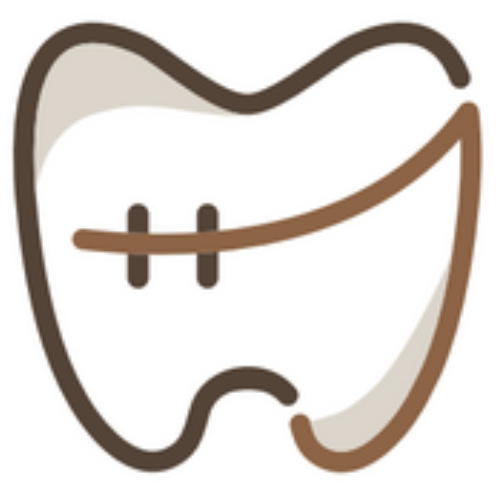
Phase I orthodontic treatment, also known as early interceptive treatment, is typically done for children between the ages of 6 to 10 years, before all their permanent teeth have come in.
This early phase is not for cosmetic purposes, but to guide proper jaw growth, improve bite issues, and prevent more severe problems later. Here’s why it’s often necessary:
If a child’s mouth is too small to fit all the adult teeth, early expansion or partial braces can create room and reduce the need for extractions later.
Some children show signs of jaw problems early (e.g. underbite, crossbite, or severe overbite). Early treatment can guide jaw development and ensure upper and lower jaws grow in proportion.
If left untreated, minor issues can develop into more complex ones that are harder and more expensive to treat in adolescence or adulthood. For example, crowding might worsen, or a misaligned bite might cause facial asymmetry.
Boost Confidence and Function Severe early dental problems can affect speech, chewing, and self-esteem. Correcting these issues early helps children feel more confident and function better day-to-day.
Chronic mouth breathing (especially during sleep) can cause the upper jaw to become narrow, leading to a high-arched palate, crowding of teeth, and even a longer, flatter facial profile. It can result in underdeveloped nasal passages and postural changes (like forward head posture).
Habits like thumb sucking, tongue thrusting, or prolonged pacifier use can cause dental and jaw issues. Phase I treatment can include appliances or behavior guidance to stop these habits.
- Not every child needs Phase I treatment.
- It’s often followed by Phase II treatment (full braces or aligners) in the teen years after all permanent teeth erupt.
- The goal of Phase I is to reduce severity and simplify later treatment, not always to eliminate the need for it.
Why wait? Start treatment today.